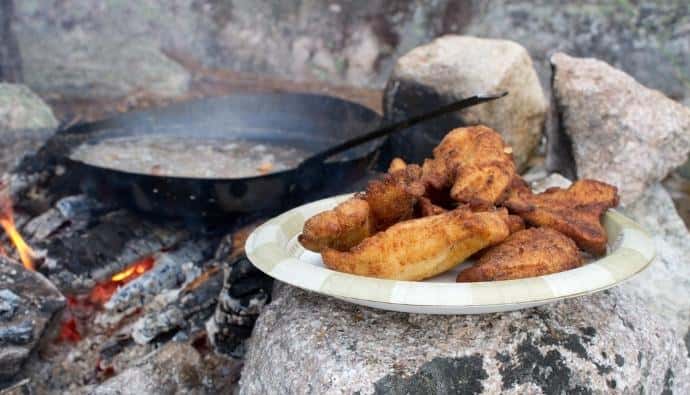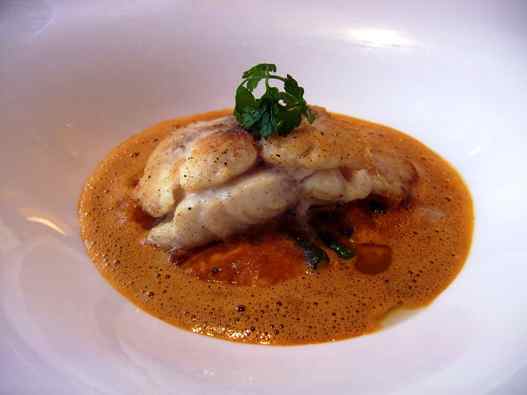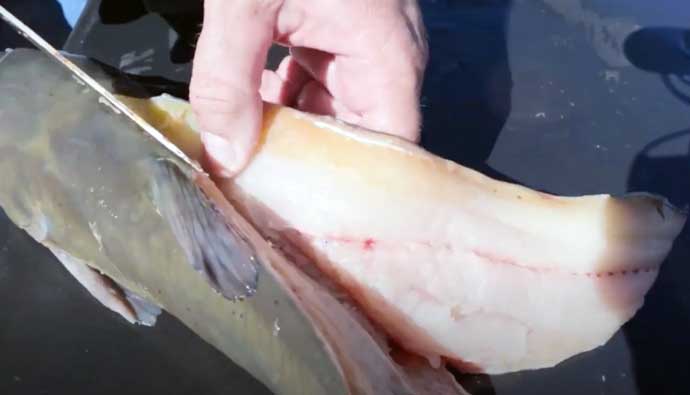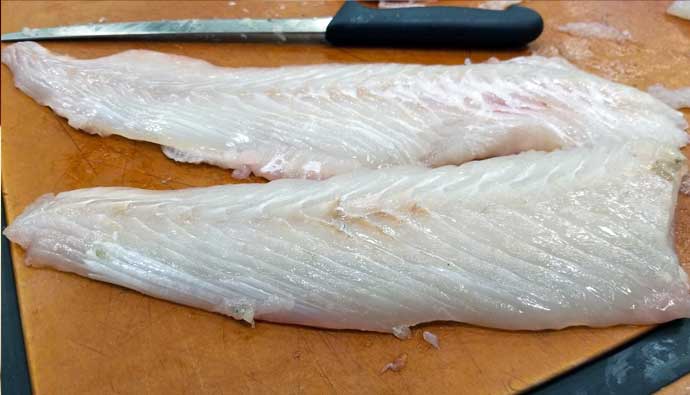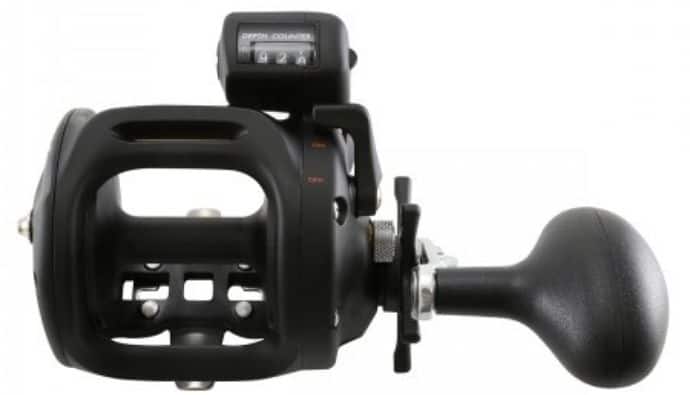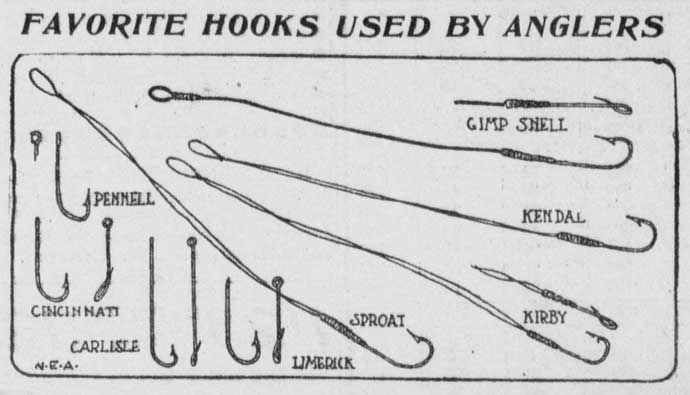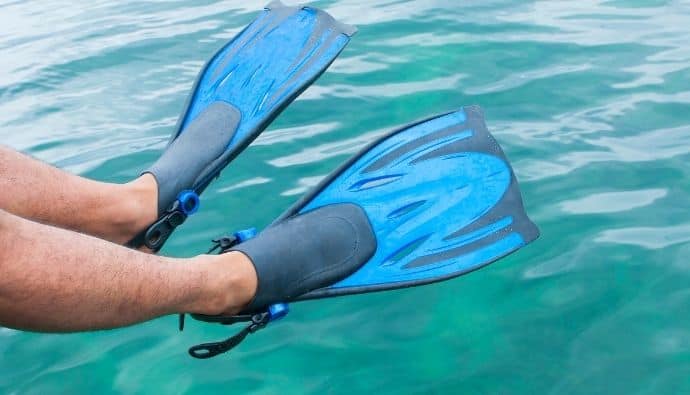Fillet knives are better than boning knives. This is because fillet knives have an upward curve that maximizes the size of the cutting belly. Moreover, these knives are flexible and can remove delicate meat and flesh by cutting through the connective tissue and ligaments. Fillet knives also act as boning knives as they can work around softer bones without damaging the knives’ blades. When working on larger fish, their meat is less dense than an animal’s, so the thinner blade of a fillet knife makes it easier for you to cut through fish while navigating through the less dense bones. Boning knives are also good because they are crafted to separate meat from bones found in the meat. They have a thin, curved, delicate blade, but not as thin as a fillet knife.
When it comes to fishing, every angler wants to use the best knife to cut through their catch. If you are unsure which knife to use when preparing your fish, this guide will help you identify the key differences between boning and fillet knives and how you can choose the right knife that will meet your specific needs.
What are the Differences Between Boning vs Fillet Knives?
Boning Knife
The purpose of a well-crafted boning knife is to separate meat from the various bones found in a cut of beef. You can imagine grabbing a bone-in steak and needing nimble blades to work the tight spaces the different bones call for.
Comparing a flexible boning knife to a kitchen blade or a chef’s knife, you’ll notice that between the two knives, the boning knife will have a thinner, delicate blade and a slightly curved, sharp tip. However, when looking at a fillet knife vs a boning knife, the fillet knife will be even smaller yet.
Boning knives need to be made of quality steel since the bones are dense, and the blade can dull or become damaged if not careful. It doesn’t need to be as flexible as fillet knives, but they do come in handy if you are boning a large fish. But it does need to have a sharp tip and thin blade for easier penetration.
Fillet Knife
The purpose of a flexible fillet knife is to remove the flesh from the delicate meat – cutting through connective tissue and ligaments. The fillet knife’s blade needs to be sharp with a bend in it so you can get the right angle to put enough pressure on separating meat from the skin.
Filleting knives have an upward curve that maximizes the knife’s cutting belly size. Compared to boning knives, it has a sharp curved tip. It’s what makes it great for filleting fish, especially delicate meats.
You might be wondering why people use fillet knives to cut the fish fillets off the fish itself. Most of the time, the fillet knife acts as the boning knife since the fish filleting knife can work around the softer fish bones without worrying about damaging the fish fillet knife blades.
Also, remember that the meat of a larger fish is generally less dense than that of a land animal, and therefore the thinner blade of fillet knives will be all that’s required to cut through while navigating the smaller and less dense bones.
And compared to meat and bones, fish scales don’t present any challenge or obstacle to filleting knives.
How to Choose the Right Boning and Fillet Knives
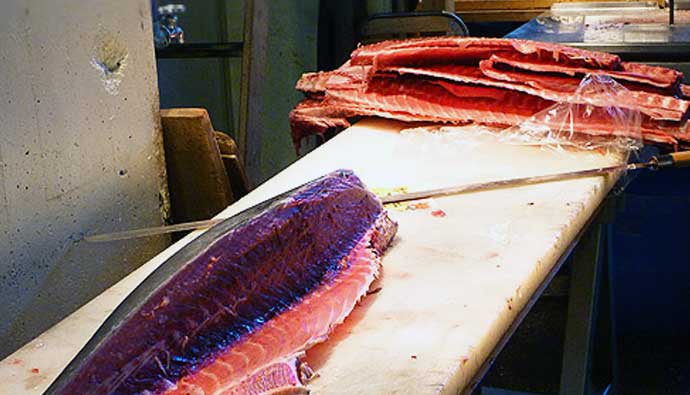
Paring knives and utility knives are easy to choose from, but fillet knives and boning knives are different issues. Let’s dive further into the boning knife vs. fillet knife conversation with a closer look at what determines the quality of the gear.
Materials
When selecting a boning knife, make sure you get one that’s made of super-hard steel. Look for one that’s around 60 on the hardness scale. The higher-quality boning knives will have multiple layers of stainless steel wrapped around the high-carbon steel, which will help with corrosion resistance. A firm-bladed boning knife is a great choice.
When it comes to a fillet knife, you’ll want a flexible blade, which likely means it’ll be stamped while made. This is fine; however, that means the hardness factor will be around 54, which means it’ll dull faster and need to be resharpened more often.
Handles
Make sure you pick a grip for your boning knife and fillet knife that fits with your hand size and overall feels good. You’ll be wielding a sharp edge and tip around some pretty challenging obstacles, so if it doesn’t feel comfortable, it could lead to serious injury.
Length
When it comes to selecting your length, there are a bunch of options. 6 and 9 inches are pretty standard sizes, but there is a range that you can pick from.
Sharpening
If you don’t know how to sharpen your blades for optimal cutting, then you’ll be required to visit a professional. This can be expensive, so make sure you factor this into the cost. Sometimes you can get a brand that will offer free sharpening for life…take it, even if you have to pay a bit more upfront.
Storage
It’s always smart to keep your knives in a safe place. We like a magnetic knife holder like the one below.
Frequently Asked Questions
A flexible boning knife is used to remove tissue from the bones of an animal. They usually have a thinner blade than kitchen knives but are not as flat as fillet knives.
The best boning knife is the ZWILLING J.A. Henckels flexible boning knife. These butcher boning knives rock a 5.5-inch blade and will last you a long time cutting. If you’re looking for the best budget knife, then you should look at the Victorinox Swiss Army Cutlery Fibrox Pro 6-inch blade length. We also like the Shun boning knife if you forced us to pick one more.
Fillet knives is a topic all in itself. Everyone has a favorite blade length, but if we had to choose one for you to try, then we recommend the Gerber Controller Saltwater Fillet Knife. Another option would be to look at one of the electric fish fillet knives out there.
A bone knife is a blade made from a bone. It’s a primitive type of knife that still has appeal to certain people today. You can use it for any application that doesn’t need steel to cut the material.
The best steel for a fillet blade is stainless steel. You want an edge that will resist corrosion with minimal upkeep. If you are professional, then you might want to look at some high-carbon steel blades, but just remember to keep them properly maintained so they don’t degrade over time.




 Facebook
Facebook YouTube
YouTube